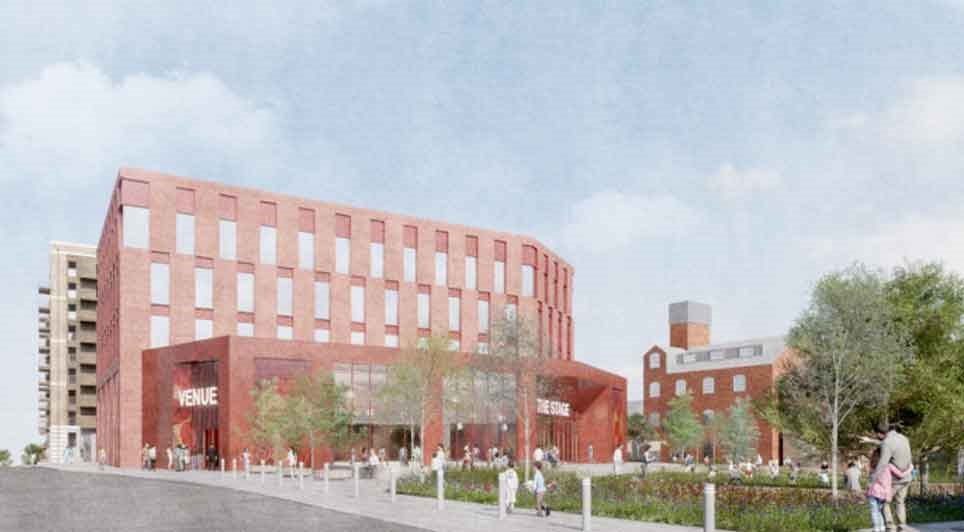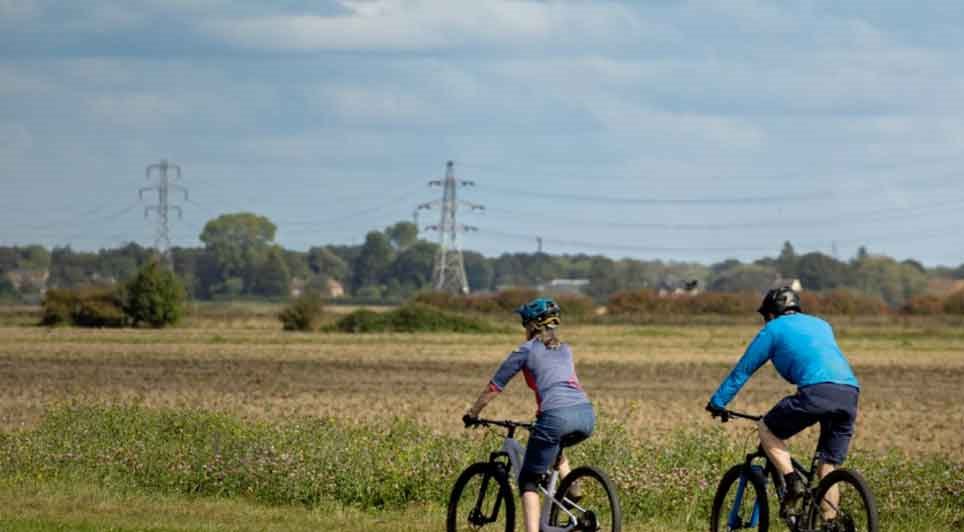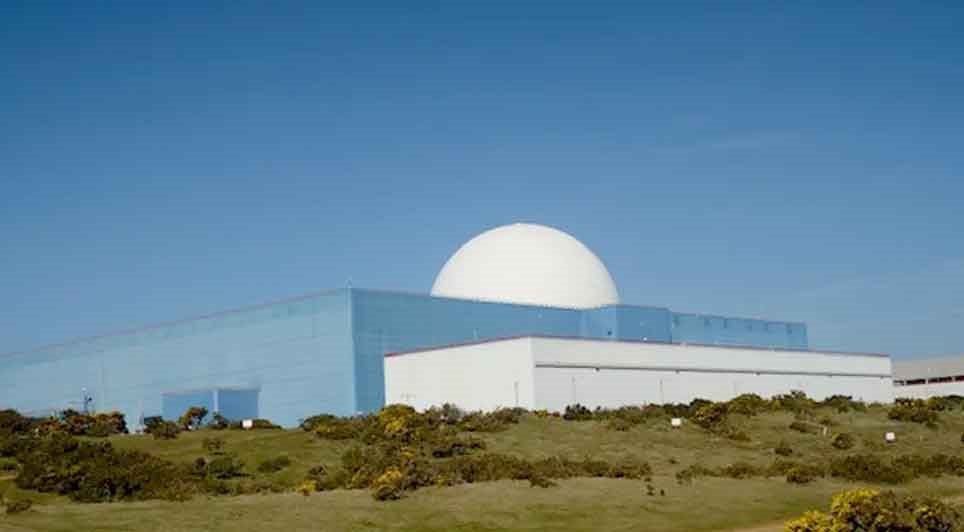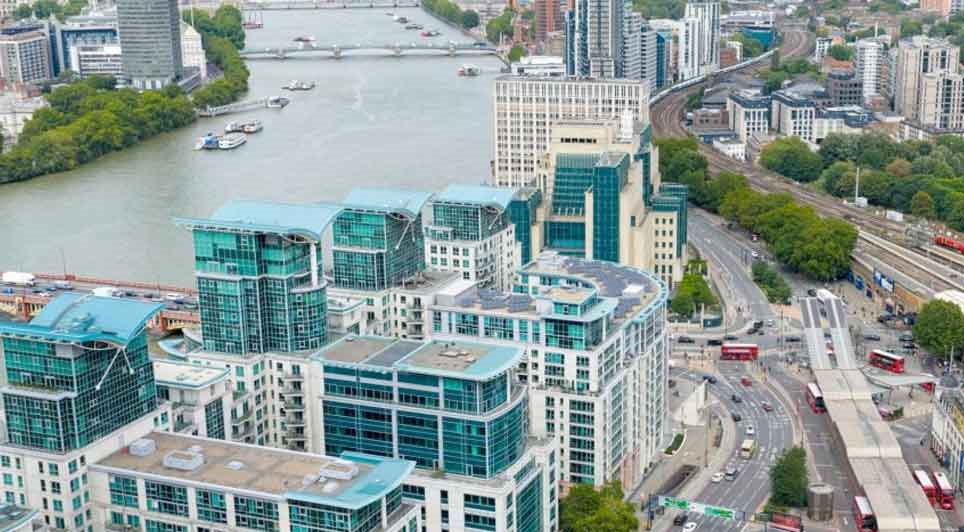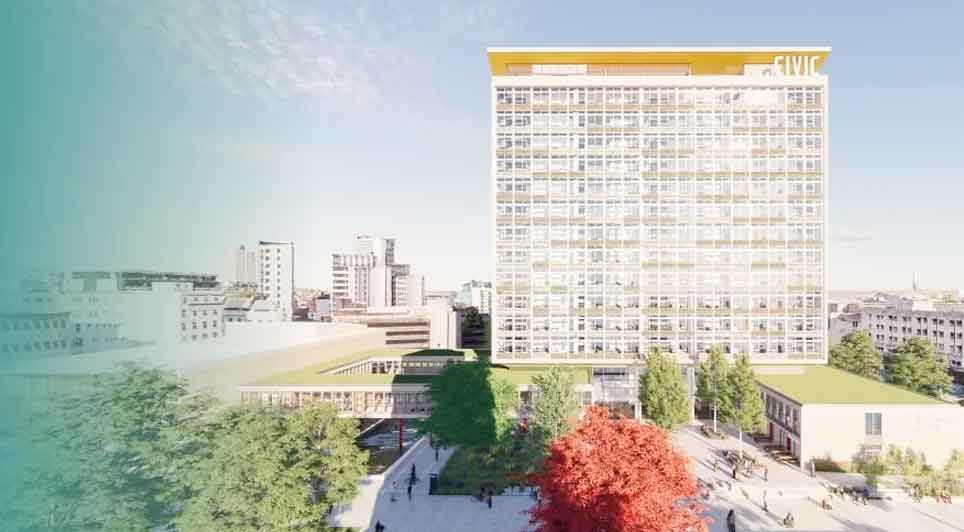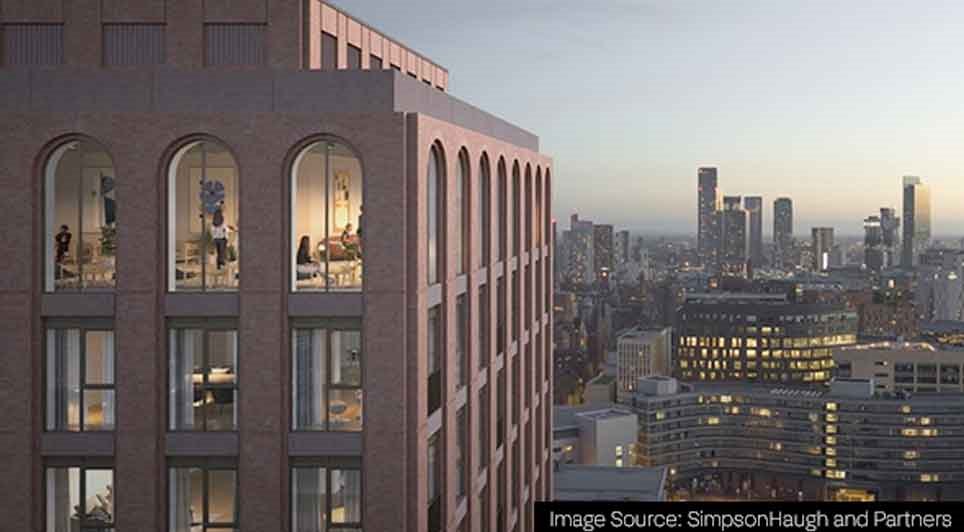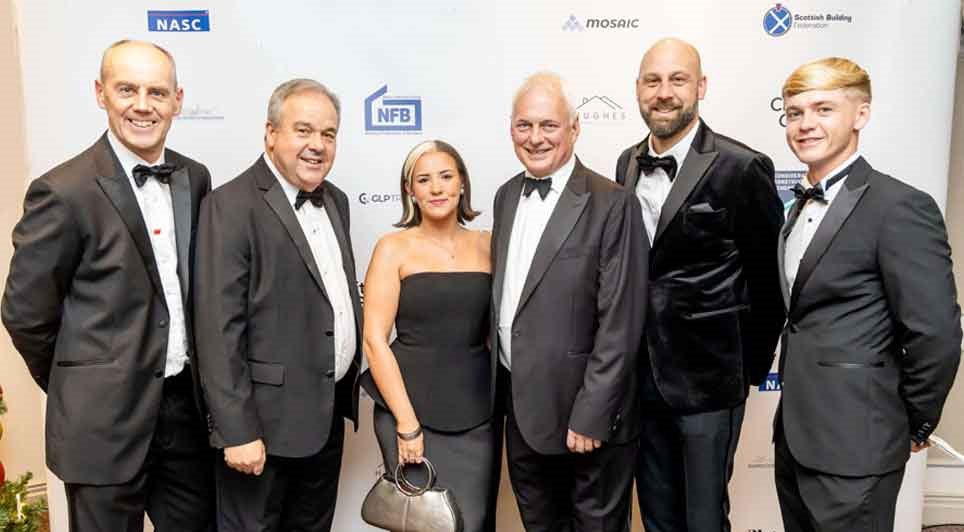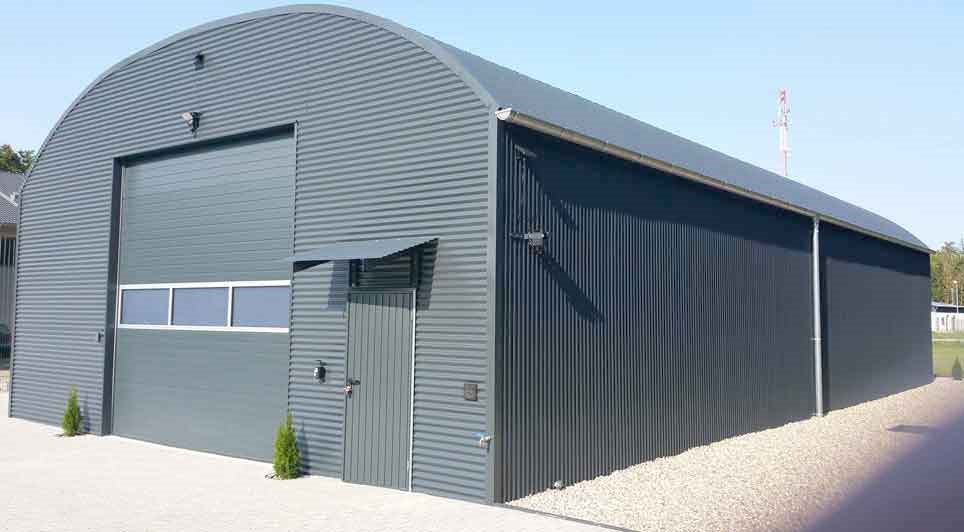London's business leaders have reiterated their support for the Crossrail project on the day Crossrail announces that more than five million tonnes of material excavated from the project will be transported by boat along the Thames for use in landscaping projects.
These include a new 1,500 acre nature reserve at Wallasea Island in Essex.
Today Crossrail signed a Memorandum of Understanding (MoU) with the Port of London Authority (PLA) to confirm its commitment to use barges and ships along the Thames to move its excavated materials. If the equivalent five million tonnes were to be transported by road they would require up to half a million lorry journeys.
The Mayor of London, Boris Johnson, said: "Moving five million tonnes of earth excavated from the centre of London requires a solution of Herculean proportions. Using the barges rather than the roads is a supremely brilliant plan and it brings joy to my heart to see them make their way up and down the Thames.
"Using barges avoids the need for a huge number of lorries to grind their way through the city. It also brings together two of our key priorities - making better use of the river and keeping digging for Crossrail.
"Crossrail will add at least £20 billion to the economy and employ some 14,000 people. It is crucial to London's economic prosperity and I'm absolutely delighted to see work steaming ahead."
During the delivery of Crossrail - Europe's largest construction project - a total of 7.3 million m³ of material will be excavated, which is the equivalent of covering the whole of Hyde Park and Kensington Gardens with a three metre layer of soil. Close to 100 per cent of the 7.3 million m³ of excavated material is expected to be clean and uncontaminated and can be reused elsewhere. The project will maximise the use of water and rail for the transport of excavated material, and project managers estimate that on a tonne per kilometre basis, 85 per cent of transport of the material will be by rail and water only.
Further details on the management of construction works in London were also outlined today. They include the tight control of lorry journeys, particularly in central London, and further emphasis on ensuring excavated material is removed in the most environmentally friendly and efficient way. Agreement has been reached with the South East of England Development Agency (SEEDA) to transport the remainder of clean excavated material to regeneration sites in Kent where it will be used to assist with the future redevelopment of the area.
(CD/KMcA)
 UK
UK Ireland
Ireland Scotland
Scotland London
London

.gif)

